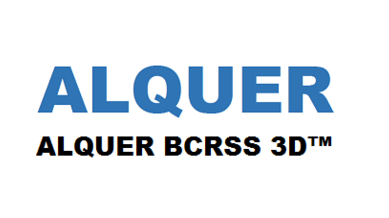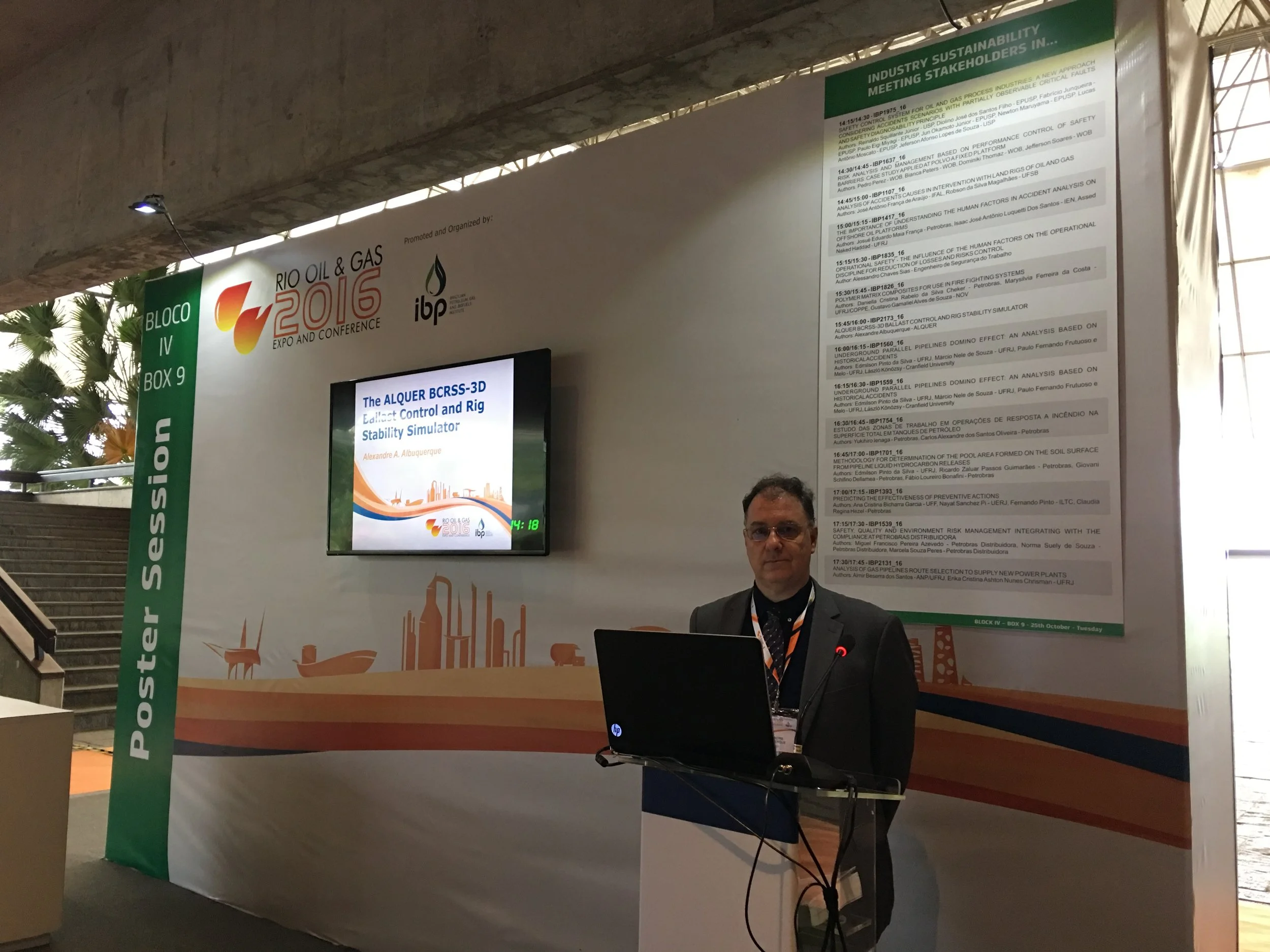Dear Alexandre,
Robert D. Hisrich (Bridgestone Chair of International Marketing, Associate Dean of Graduate and International Programs College of Business Administration,) and Tony Stanco, Executive Director of NCET2 are in the process of writing a book on Creating an Ecosystem for Academic Entrepreneurship to be published by World Scientific Publishing Company. (See chapter outline below.) One of the key features of the book is to have 36 profiles of academic entrepreneurs, defined as a faculty member, researcher, staff or student who starts a new venture while being employed by or attending a university. A profile will start each chapter and 25 more profiles will occur at the end of the book following chapter 11.
We encourage you to nominate yourself or other academic entrepreneurs at your startup/university to be included in the book using this link http://XXXXX The nomination deadline is on May 1, 2019.
This will provide exposure to the academic entrepreneur, the company founded, and the university. At the same time, it will highlight the important work that academic entrepreneurs perform for the regional and global economies. We are looking for profiles for companies at various stages of development, started in different parts of the country, and with great success or not.
If you have any questions or would like to provide general feedback about the book, feel free to email Ria P. Ancheta-Adrias (xxx@ncet2.org) , Robert Hisrich (xxx1@kent.edu), or Tony Stanco (xxx@ncet2.org).
I look forward to receiving your profiles.
CHAPTER OUTLINE: CREATING AN ECOSYSTEM FOR ACADEMIC ENTREPRENEURSHIP
Chapter 1: The Importance, History, and Impact of Academic Entrepreneurship
Chapter 2: Establishing and Managing a University Eco System
Chapter 3: The Role of Patents
Chapter 4: University Ownership Policies
Chapter 5: Identifying Markets and Opportunities for the Ideas and Technology
Chapter 6: Creating the Business Plan for the Idea and Technology
Chapter 7: Funding Sources for University Startups
Chapter 8: Frequently Used Funding Sources: Government Grants and University Angel Groups
Chapter 9: The Role of Incubators and Accelerators
Chapter 10: Creating a Business Venture and Technology Transfer
Chapter 11: Managing, Controlling, and Measuring the Results of the Eco System
Profiles of Academic Entrepreneurs
Best regards,
Ria
--
RIA P. ANCHETA-ADRIAS
Director of Operations
National Council of Entrepreneurial Tech Transfer (NCET2)
xxx@ncet2.org | 202-407-9061
HOME: http://ncet2.org | Twitter: @NCET2 | Skype: xxx_xxxxxxx_xxxxxx


